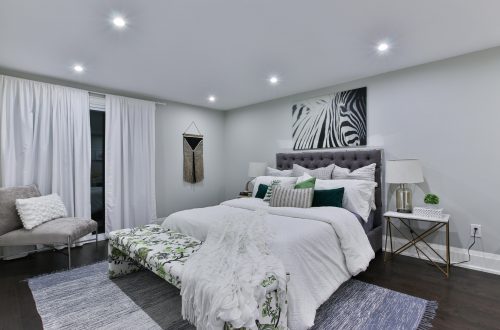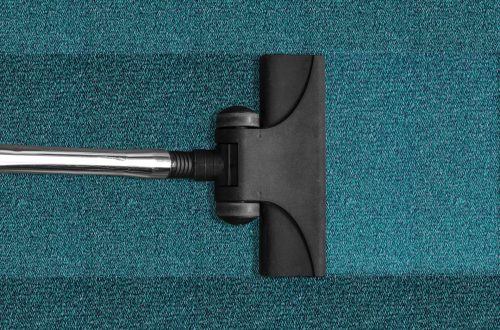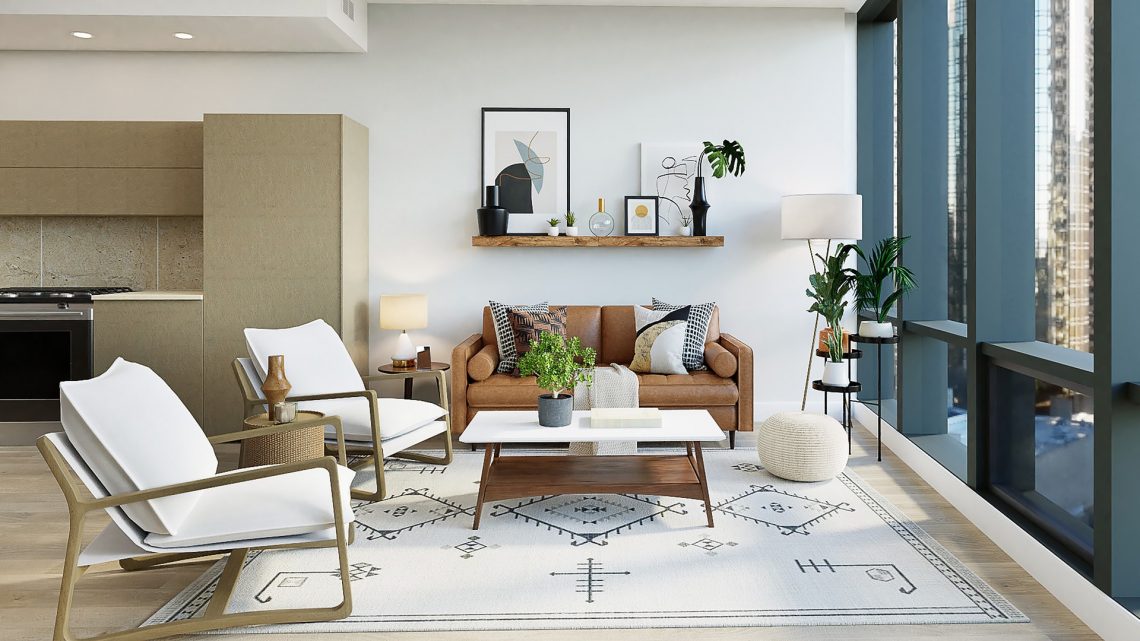
Things That Interior Designers Never Forget
Decorating your home isn’t a huge undertaking — whatever your budget, there are a number of quick and simple ways to make your interiors pop. From crafting a design brief to discovering your personal style, interiors expert Jacinta Preston shares some inside decorating advice to help you style your house like a pro.
1. How do you figure out what kind of interior decoration style you have?
The “Style & Error” method of issue solving, which includes design and interior decorating challenges, is a key method. “Style & Error” refers to making numerous, diverse attempts until you find the perfect style. It can be as chaotic as you want. Don’t expect this to be a one-time or static event… the “Style & Error” operation will last the rest of your life. Each new stage of your life or new home will compel you to rethink your personal style. This is the section when you can have a lot of fun – take advantage of it!
2. Come up with a design brief.
It’s crucial to follow a procedure even if you’re going to be your own designer. It all starts with a design brief… or a long wish list, as the case may be. The outcome of the design should be the emphasis of a successful design brief. A scope of work is another term for a design brief. It contains information on all aspects of the project that must be addressed, as well as a shopping list of needs and wishes, as well as budget and timing suggestions. Room by room, it’s easier to establish a design brief.
Take inspiration from a variety of places. I like to think about all of my alternatives, from the simple to the outrageously extravagant. Travel, periodicals, journals, and trade shows can assist a designer stay informed about new goods and materials, as well as design concepts.
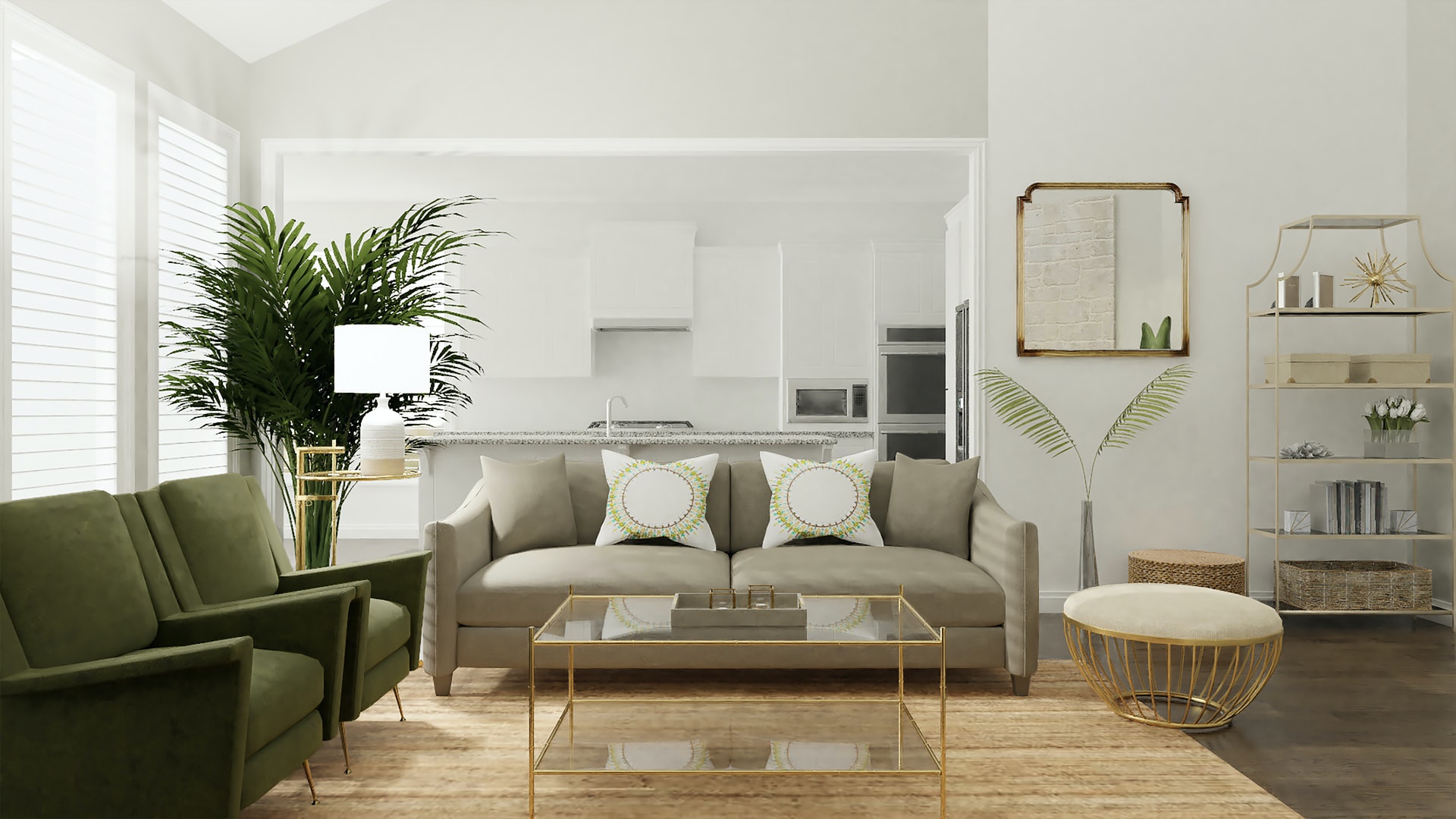 3. Make the most of your samples
3. Make the most of your samples
I’m a sucker for a nice sample. A sample pot, cutting, brushout, and a catalog are all included. Samples are a very valuable tool since they offer alternative options, a collection of ideas worth considering, at the start of a project.
The sample of guides4homeowners.co.uk also serves as a reference for a variety of other materials. As the project progresses, the samples serve as a record of choices. Always preserve TWO samples: one is a “working sample” that will be used to reference color and texture as the project progresses, and the other is a “finishing sample” that will be used to finish the project. The second sample must remain in the master file. This sample will allow you to quickly obtain the vital code and color numbers as needed.
Always order an extra 3 or 4 metres of fabric once you’ve decided on a fabric — this is your insurance policy. The fabric will be from the same dyelot as your initial order, so you’ll be able to re-cover a pair of large base or back cushions if the worst happens. Order enough fabric from your couch or chair to produce a throw-style blanket to cover the sofa or chair if you have pets. This can be left on the sofa all day and whipped off at any time to show wonderful, hair-free furniture.
4. Use many lighting sources.
The lighting in great interiors is layered and may be regulated separately for different times of the day, events, or emotions. In most spaces, three forms of lighting are required: general, accent, and task lighting. Ambient lighting provides a homogeneous illumination to a room.
Accent lighting is used to draw attention to specific items in a room, such as artwork and ornamental objects.
Reading lights and study lamps are examples of task lighting with directional and adjustable light sources. Try to light up the majority of your space with a variety of lights and lamps, preferably all of which are dimmable. And, for the love of God, put an end to the down lights!
5. Before you buy, try it out.
Many retailers and suppliers will allow you to take items such as artwork and rugs home with “approval.” Rugs and artwork are two examples of VIP “try before you buy” items. I’d even go so far as to say that it’s difficult to make a good rug choice without first seeing it in person. If you have the option to just buy what you like and design the right room around it, that is a wonderful exception.
6. Have a thorough understanding of your surroundings.
The most straightforward way to gauge the size of a space is to simulate it in a huge room (or even a shed!). Include the main pieces of furniture, either in real life or as a stack of cardboard boxes to represent the volume. Masking tape and chalk might also be useful in this process. The goal is to determine what you require and where you may save money.
7. Think about the furnishings and the flow.
Allow enough space in a room for a large hallway, making it easy to move around and pass someone. Use the same kindness on the garden path. Examine potential movement patterns on your floor layouts, using different colors to monitor different paths. The experience of living in a space can be substantially improved by flipping the orientation and configuration of the furniture.
8. Take your time (and money) to choose the right cushions.
To get these correctly, you’ll need more time and a correspondingly larger expenditure. Recognize that symmetrical cushion placement adds formality and structure to the room. Symmetry works nicely in bedrooms and living spaces, but I prefer to keep it in the bedroom. Because symmetry frequently means fewer cushions, this can be employed as a budget-management method. Random pillows require more “Style & Error” testing than almost any other item (see point 1). Cushion colors should complement other elements in the space, but be wary of the “perfect match” — it’s easy to go wrong.
Play around with pattern, but try to stick to one or two color palettes. Patterns can be similar in scale or a well-balanced variety; just be sure to include a few low-key alternatives or block colors to give the eye a rest. Finally, experiment with shape by placing larger cushions in the rear and layering them forward to create a mix.
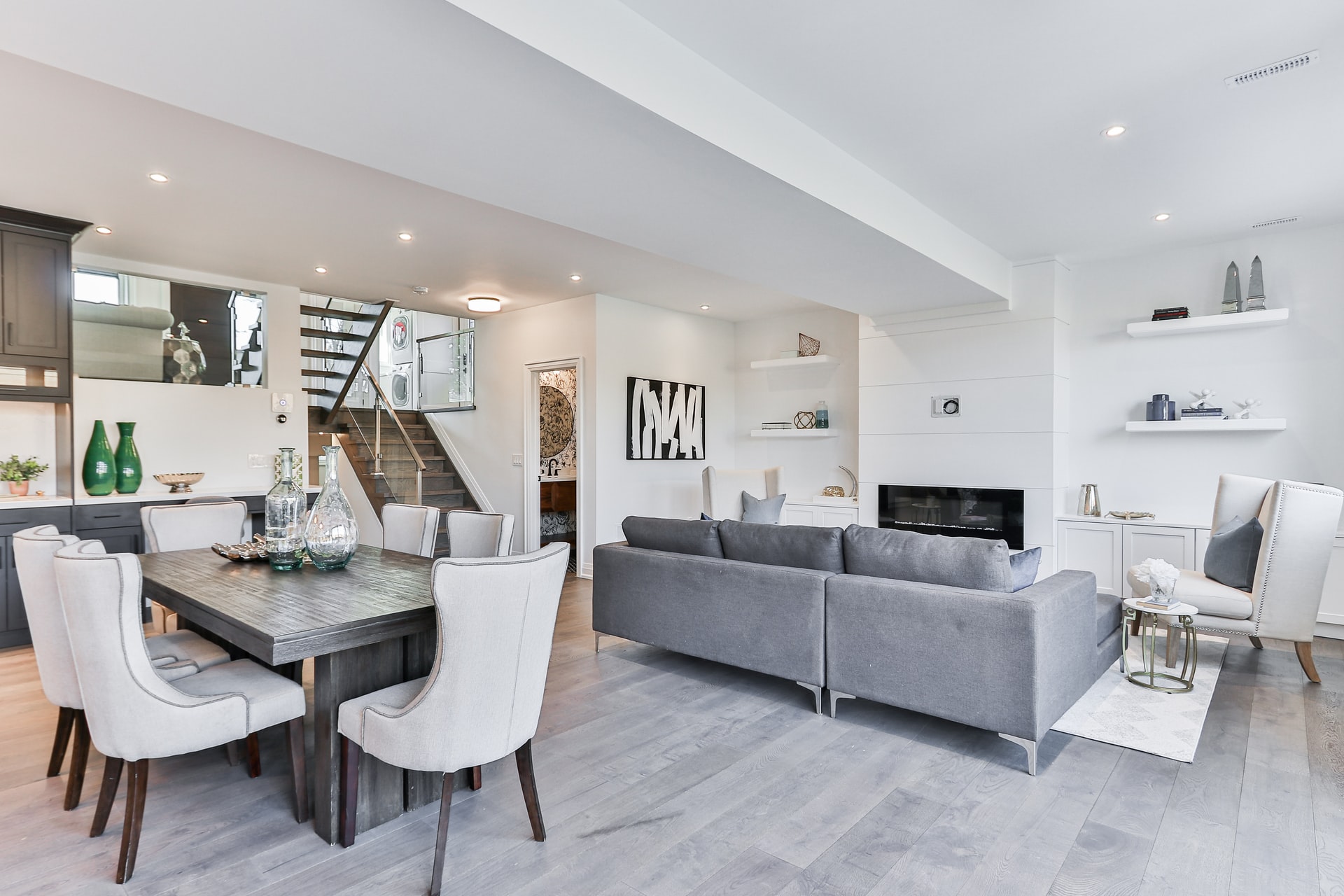 9. Discover the key to good curtains.
9. Discover the key to good curtains.
Please only order full-height curtains, and be sure to extend the rod or track all the way to the ceiling. Even better, bury the track beneath a recessed pelmet.
10. Recognize that chairs are what shoes are to fashion in terms of interior design.
You’ve heard it said that shoes can make or ruin an outfit. Chairs are the same way. Consider them to be accoutrements. They’re the ideal design tool for adding attitude to any space. When it comes to big-ticket products like sofas, rugs, and dining tables, it’s best to play it safe, but chairs can defy the rules. Allow yourself to be free. Fake fur, animal designs, velvet, old leather armchairs… whatever you choose, keep in mind that a chair must be comfy.
11. De-clutter, de-clutter, de-clutter, de-clutter, de-
Everything you own will be improved as a result. Your mental health will suffer as a result. Go through your house, room by room, and get rid of whatever you don’t need. Only keep things that are both useful and attractive. This is the single most important item you can do for your home, and the good news is that you can generally complete it in a single day (OK, maybe a week). If you’re not sure where to begin, try the Marie Kondo approach of taking everything out of the room except the essential big-ticket furniture items and “interviewing” all the other items before allowing them back in. “Are you really supposed to be here?” “Do you make people happy?” If the answer is no, then toss it out!
12. Make a plan if you want good storage.
Be aware of your surroundings and make advantage of every available space. Say hi to [joinery] if you like books, periodicals, ceramics, guitars, CDs, DVDs, and culinary utensils. Joinery has gone viral, inspiring exhibitions in homes all around the world. Joinery, bookshelves, and storage display units can all be customized to match your exact needs.



